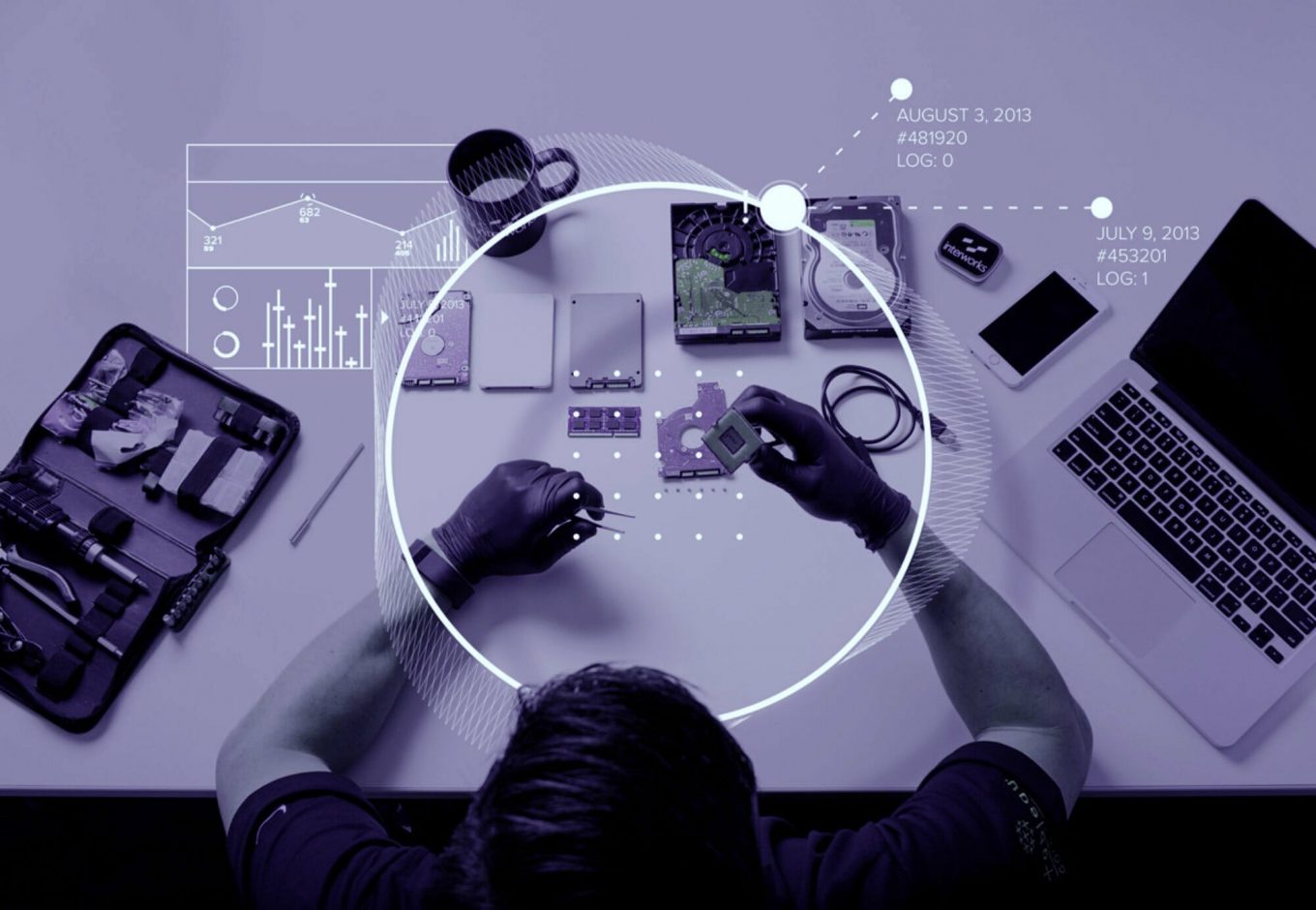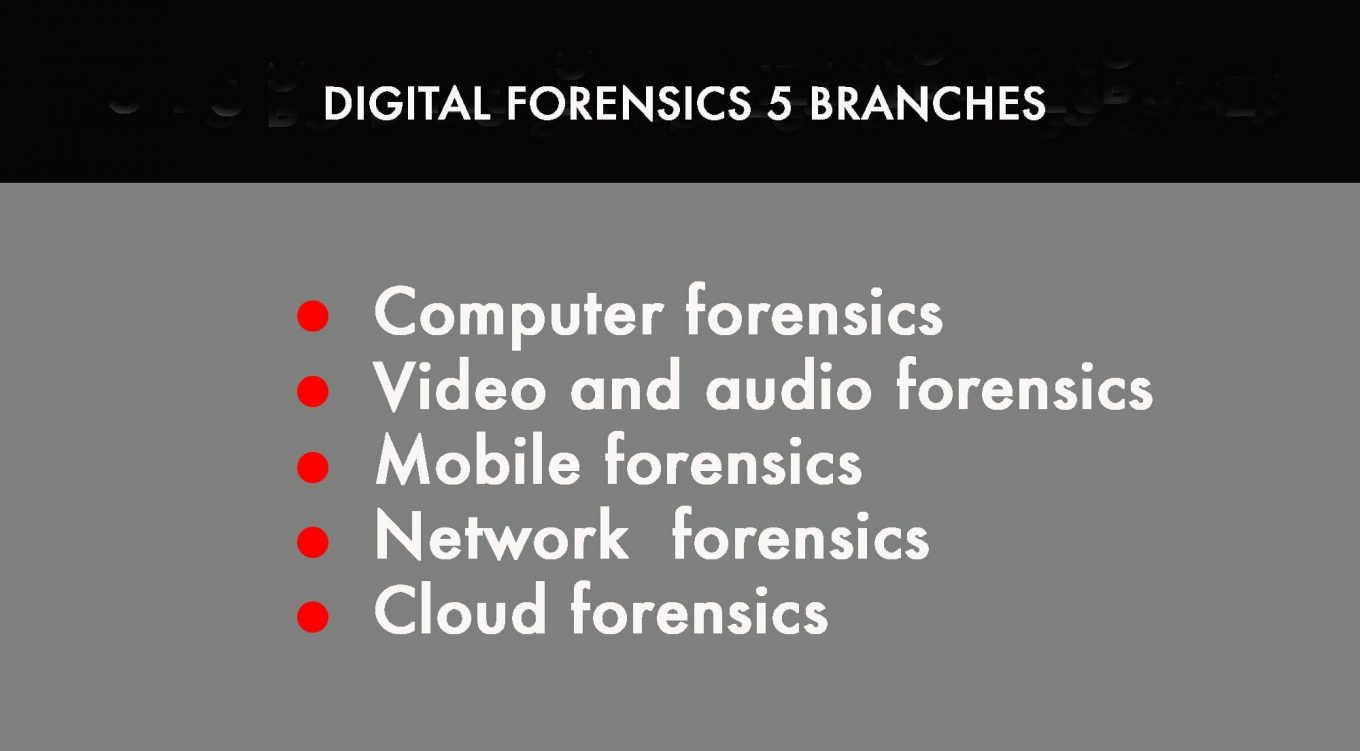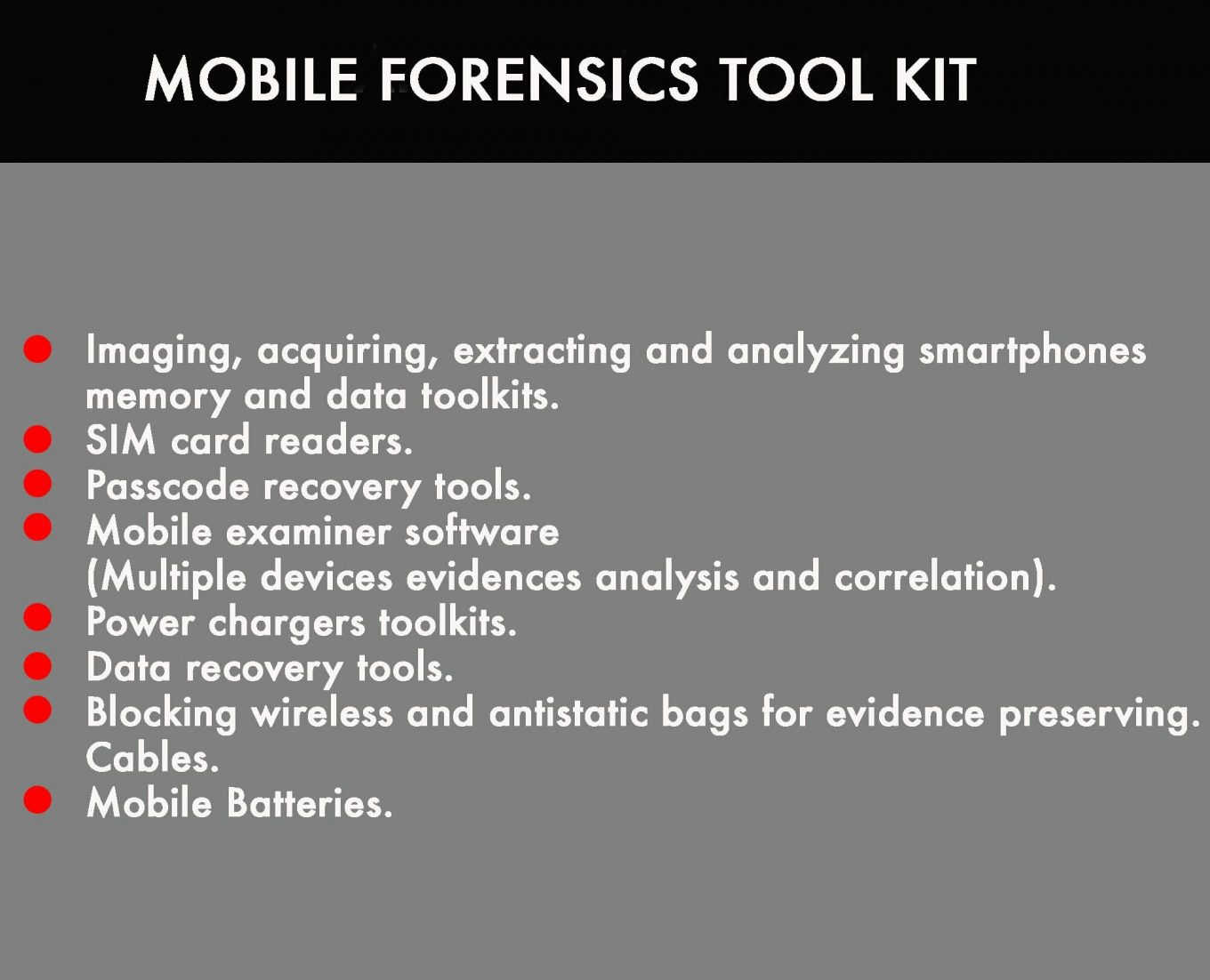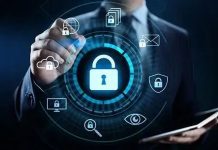
The Digital Forensics Lab also provides unique equipment to restore and recover damaged or erased data from physical devices. A common threat in a external attack is the possibility of deleting all business data. Moreover, when an attack occurs, hackers take extra care of leaving everything cleaned after themselves.
However, Digital Forensics investigators have got a whole array of toolkits to keep them from getting away with it. Data recovery is one of the best solutions for such problems. Data recovery tools must be able to cover the recovery process from different types of operating systems and data formats and sometimes they must deal with encrypted data to be able to recover it.
Through this operational Digital Forensics Lab, investigators can then deliver their services and solutions. Once the lab starts to gather evidence or recovering data after a security breach has taken place, they present their findings in all kinds of fashions, according to where the breach has come from and to whom is presented. That is to say, there are various possibilities from where investigators can deploy their techniques and present their evidences.
The most common ones are computer; video and audio; mobile, network and cloud forensics.

Computer Forensics
Computer forensics is probably the most used and extended method to gather and deliver evidences as this science was developed to carry out investigations through computer systems. This is drawn-out by fundamental toolkits used in computer forensics, providing the following solutions:
- Forensic tower workstations.
- Writeblockers.
- Duplicators.
- Wipers.
- Password recovery toolkits.
- Connectors and cables.
- Imaging, analysis and acquisition tools.
- Hashing software.
- Image mounting software.
- Data recovery tools
- Hard drives, CD-DVD writers, RAM,etc.
- Power adapters
- Forensics bags and cases.(especially for live analysis)
- Evidence backup tools
- Evidence bags
- Labeler devices
However, the method that has drawn most attention lately for investigators is mobile forensics.
Mobile Forensics
Mobile phones have become the main way of communication between people using data networks. So during digital forensics examination, a lot of different attributes can be determined using mobile forensics technologies. For example, using mobile forensics toolkits investigators can determine who downloaded a spyware or malicious programs on the phone.
The importance of mobile forensics is mainly relied on the huge information stored in mobile phones nowadays such as user contacts, personal photos and videos, social media accounts, electronic mails accounts, online banking accounts, etc. Mobile Forensics toolkits can extract data from mobile phones, including erased data as evidences.
The following tools can help examiners to achieve their mission in mobile forensics:
- Imaging, acquiring, extracting and analyzing smartphones memory and data toolkits.
- SIM card readers.
- Passcode recovery tools.
- Mobile examiner software (Multiple devices evidences analysis and correlation).
- Power chargers toolkits.
- Data recovery tools.
- Blocking wireless and antistatic bags for evidence preserving.
- Cables.
- Mobile Batteries.

Network forensics
Network forensics process depends mainly on packets capturing and analyzing network events to be able to conclude the origin of specified attacks. Network forensics seeks to establish digital timelines for network events and gather some facts about the network, including encrypted/unencrypted messaging and IP addresses. It can also be used in monitoring user activities and enhancing the network performance. In addition, Network forensics relies upon different types of logs sources such as IDS/IPS, SIEM, etc. The increase in various network attacks like denial of service (DOS), spoofing, and eavesdropping make network forensics a very critical branch of digital forensics.
Cloud Forensics
Cloud adoption in both private and public sectors globally is very rapid , so cloud computing environment has become one of the important environments for cyber attackers where one of the major challenges of cloud computing is the protection of data from various attacks. Cloud environments pose unique digital forensics challenges and examiners must have skills and toolkits that help them to achieve their mission.
Audio and video Forensics
Audio and video evidences are very vital for examiners due to the real time recording of evidences. Audio and video forensics used to improve recordings quality that can result in clearer evidences. Audio/Video enhancement tools; evidence identification and analysis; evidence authentication and repair and recovery of evidence are few of the most uses solutions by Digital Forensics investigators.
Conclusion
Digital Forensics solutions have become a critical toolkit within any given organization. It does not only provide important evidence when an incident takes place but also allows to react for future ones. The use of these solutions also allow to a better comprehension of how important is to keep data safe and leverage new mechanisms of security and control within the enterprise.
In the case of a security breach, Digital Forensic tools can trace down the incident all the way to where the crime was perpetrated and following the Chain of Custody procedure, extract the necessary evidences left on all compromised devices.
Besides, companies can benefit greatly from an in-house Digital Forensics lab area. As its solutions help organizations and entities to preserve evidence integrity during a security breach. These tools allow the company to collect, identify and validate the digital information for the purpose of reconstructing past events related to the incident under the investigation. Likewise, Digital Forensic tools can help companies to keep track of risk management and control; to apply organizations policies and standards after a thorough comprehension of past incidents and predictions; carrying out thorough auditing or investigating employees abuse and determine the appropriate actions for them.
Cybersecurity: Guide to Digital Forensics Part 1

Aghiath Chbib – Established executive with close to 2 decades of proven successes driving business development and Sales across Europe, Middle East, and North Africa. Expert knowledge of cybersecurity, lawful inceptions, digital forensics, blockchain, data protection, data, and voice encryptions, and data center. Detail-oriented, diplomatic, highly-ethical thought leader and change agent equipped with the ability to close multi-million-dollar projects allowing for rapid market expansion. Business-minded professional adept at cultivating and maintaining strategic relationships with senior government officials, business leaders, and stakeholders. Passionate entrepreneur with an extensive professional network comprised of hundreds of customers with access to major security system integrators and resellers.


























